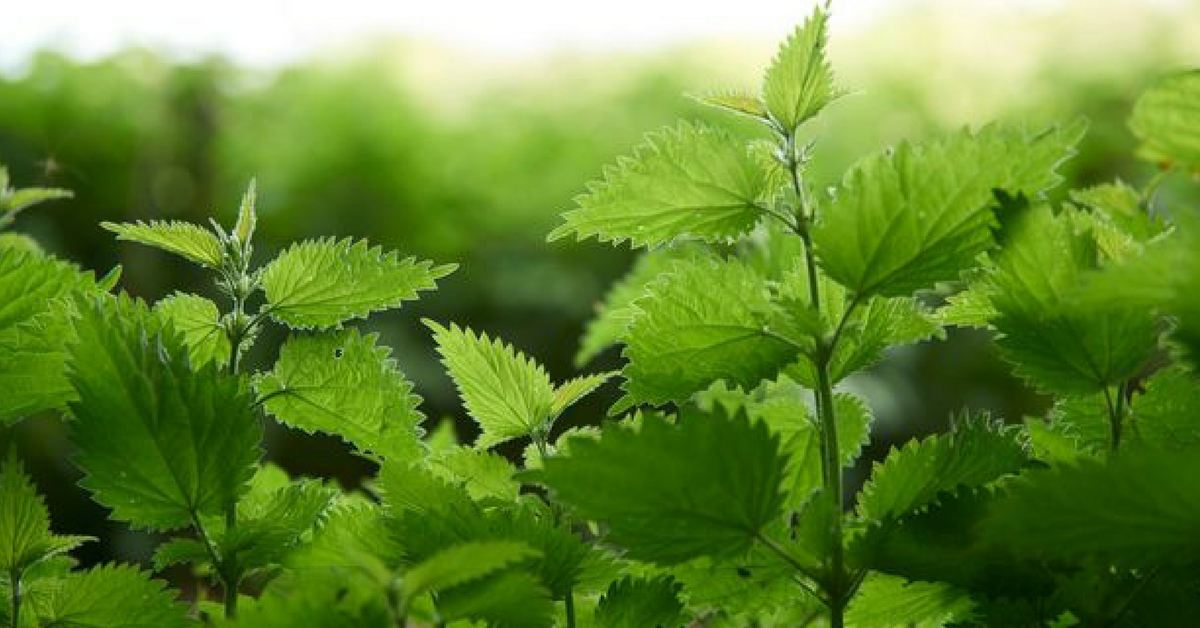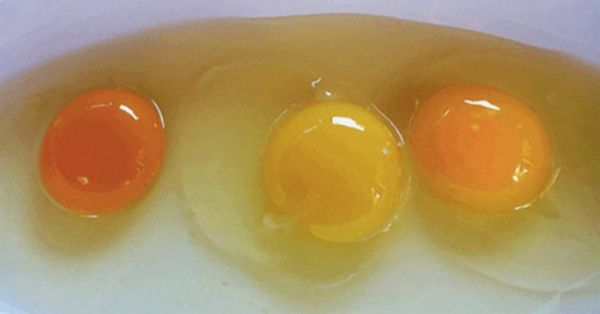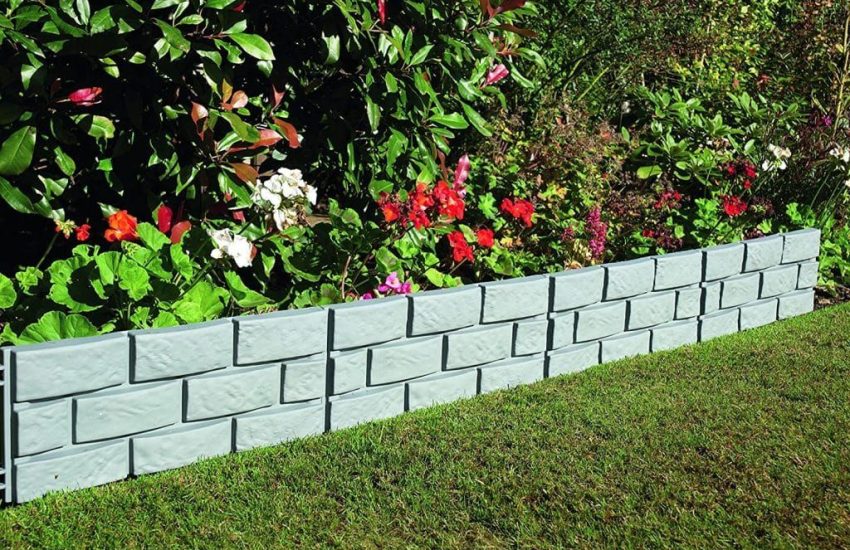12 Tips For Treating Nettle Stings
12 Tips To Cure Nettle Stings
Nettle is a plant that grows almost everywhere in the world. It is considered a herbaceous perennial plant, which means that it has medicinal properties and that it grows in the same place every year.
The leaves and stems of this plant are covered with small fine hairs, brittle and hollow. They work like a syringe when your skin comes into contact with the plant. From chemical substances from the hollow hairs cause a painful sensation and redness, which can however be treated, as you will see later in this article.
Nettle stings are quite common and in most people; it is quite benign.
If possible, do not do not touch and do not do not rub the affected area for 10 minutes. You will avoid getting chemicals further into your skin and causing a painful reaction that lasts longer.
If you have strange sensations that last for more than 24 hours, do not hesitate to go see a doctor. If it is not the case, look at the continuation of this article to see 12 tips to relieve nettle stings.
1. Rinsing
The first thing to do is to clean the pitted area with watercool water or water saline solution.
It is necessary to dab delicately with a towel or a compress, not to aggravate the inflammation. Try not to touch the area with your finger to avoid spreading the hair and aggravating the problem.
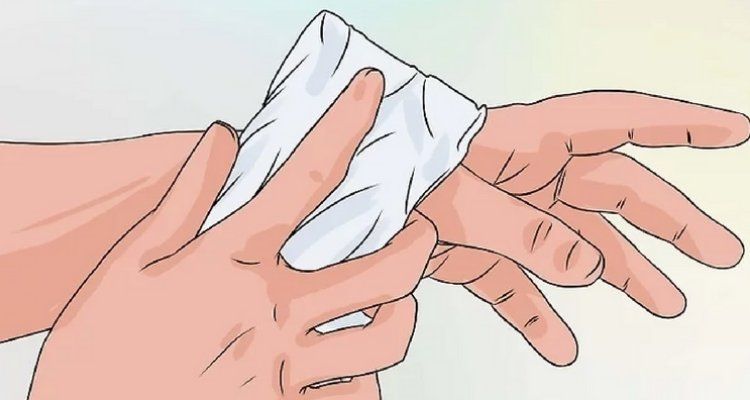
2. How to remove stinging hairs
Take a piece of adhesive tape and place it on the sting(s) and gently pull it off to remove the hair. You can also use some wax, but the adhesive is less painful. They are both effective, take what you already have at home.
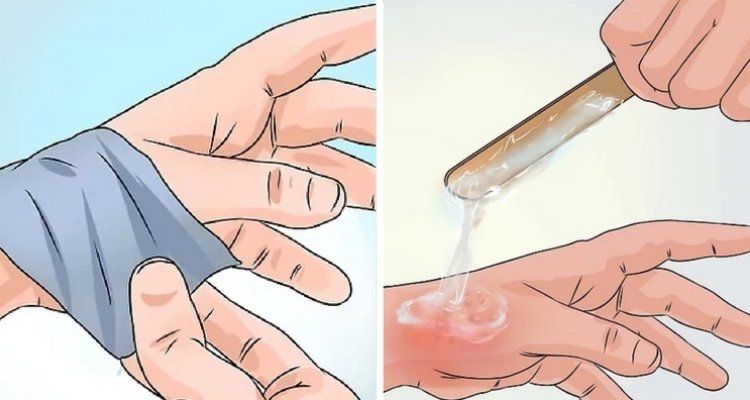
3. The plantain
Plantain is considered by many to be a “weed,” but it’s actually an excellent anti-inflammatory and anti-allergic. You only need to squeeze a few leaves to obtain a juice that you need to apply to the bite and let it act for several hours, before rinsing. In addition, plantains are usually found next to nettles.
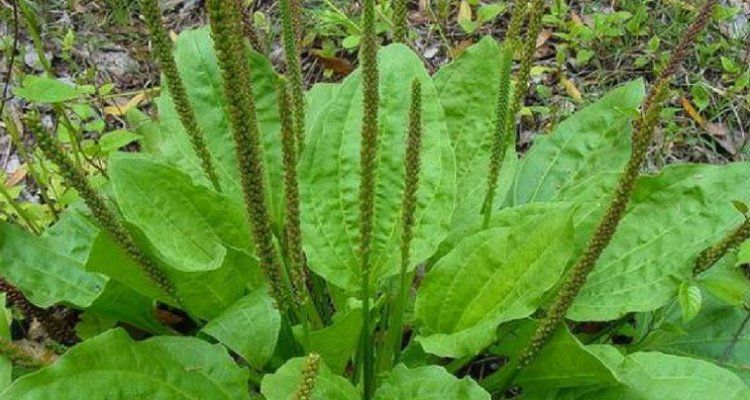
4. Saliva
If you have absolutely nothing on hand, use your own saliva. Spit on the sting and then spread gently with a handkerchief. But be careful, the mouth must not touch the sting.
You can also put some wet mud on the area to be treated and let it dry. Then you have to rinse.
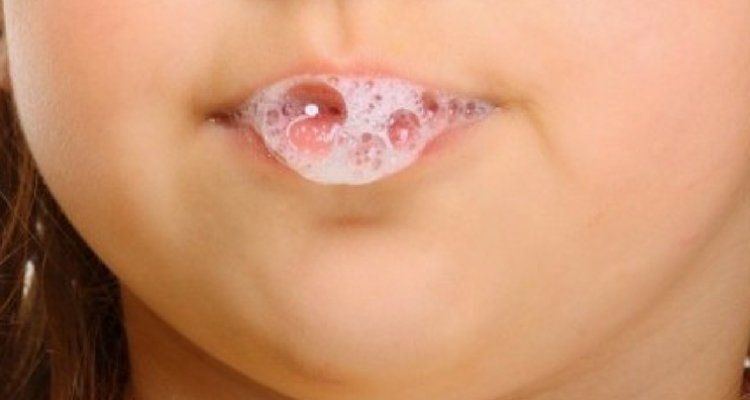
5. The essential oils
You can also useessential oil of lavender, which is healing, antiseptic and bactericidal, or chamomile matricaria, which is healing and anti-inflammatory. It is necessary to mix two drops of one of these two essential oils with vegetable oil and to apply to the zone to be treated.
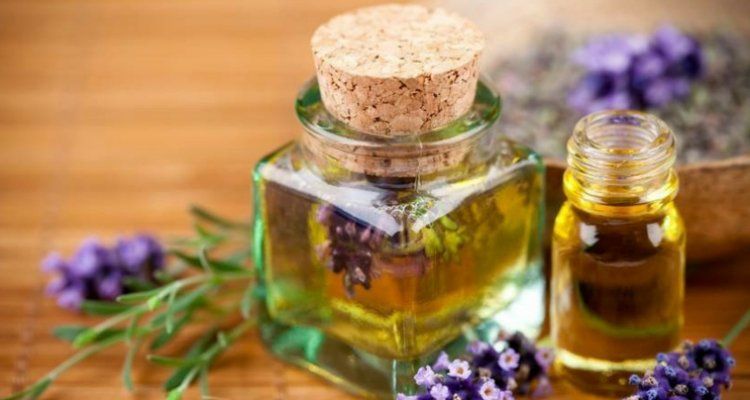
6. Fresh mint
The mint, especially if it is fresh, has a lot of benefits antibacterial properties, to enjoy it, you have to take some mint leaves and knead them between your fingers.
The juice obtained will be applied to the area to be treated and it will calm the inflammation quickly.
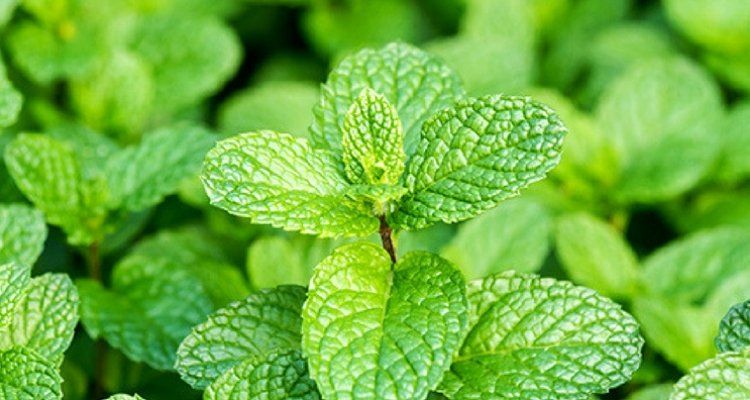
7. Sorrel
What is practical with sorrel is that it is quite close to nettles. If you know how to recognize it, you can use it immediately after being stung. You should use his juice that is extracted by kneading the leaves and apply it to the sting to soothe the pain and itching.
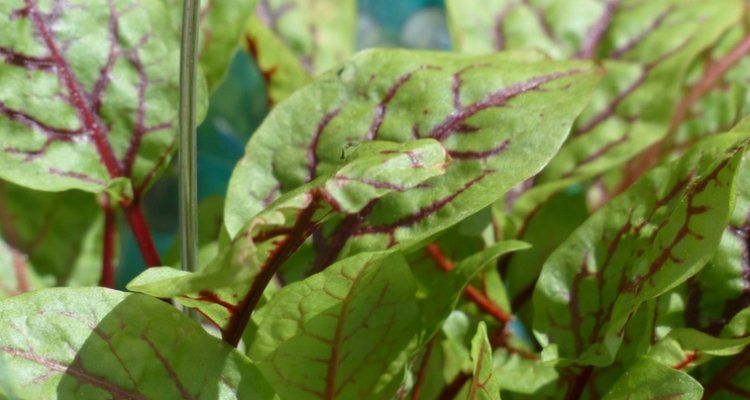
8. Baking soda
You can make a paste with bicarbonate of soda and a little water. Then apply it to the target area and let it dry before rinsing.

9. Vinegar
The white vinegar modifies the pH of the skin and soothes it. Soak a compress and apply it to the area to be treated.

10. Onion
You can also cut an onion in half and use one half by applying it to the sting.
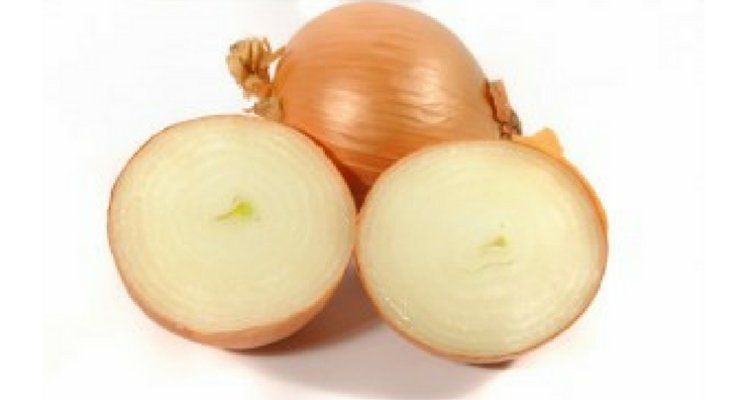
11. Aloe vera
Apply a aloe vera gel on the area that came into contact with the nettle. This action should be repeated three times a day.
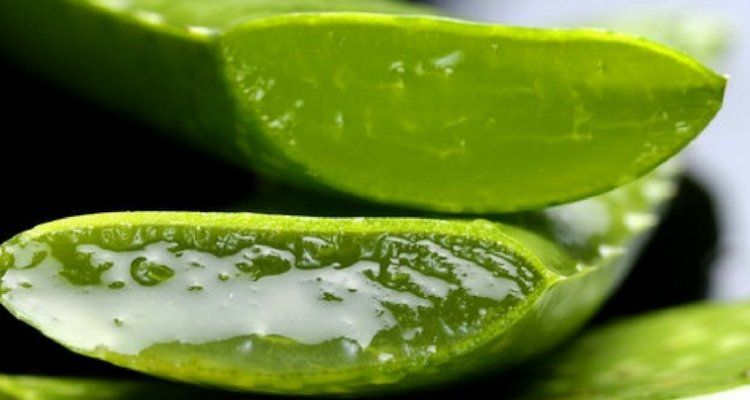
12. Ivy
To promote healing, stop itching and benefit from the antibacterial properties of ivy, put a leaf on the stung area.
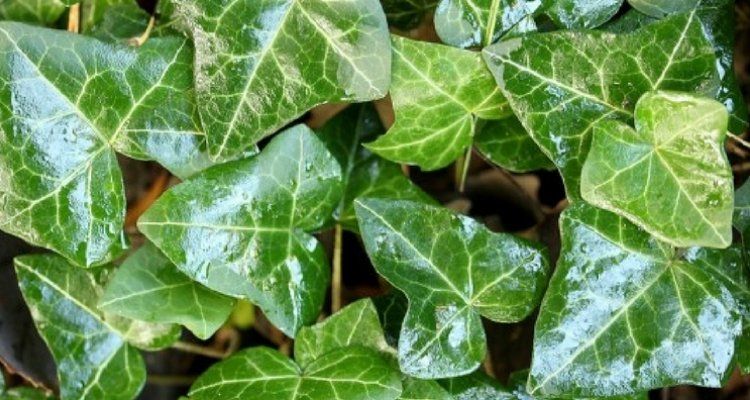
This article was useful to you? Feel free to share it on Facebook with your friends!
